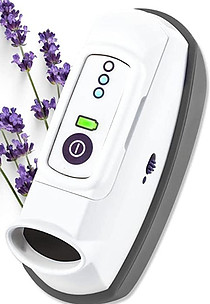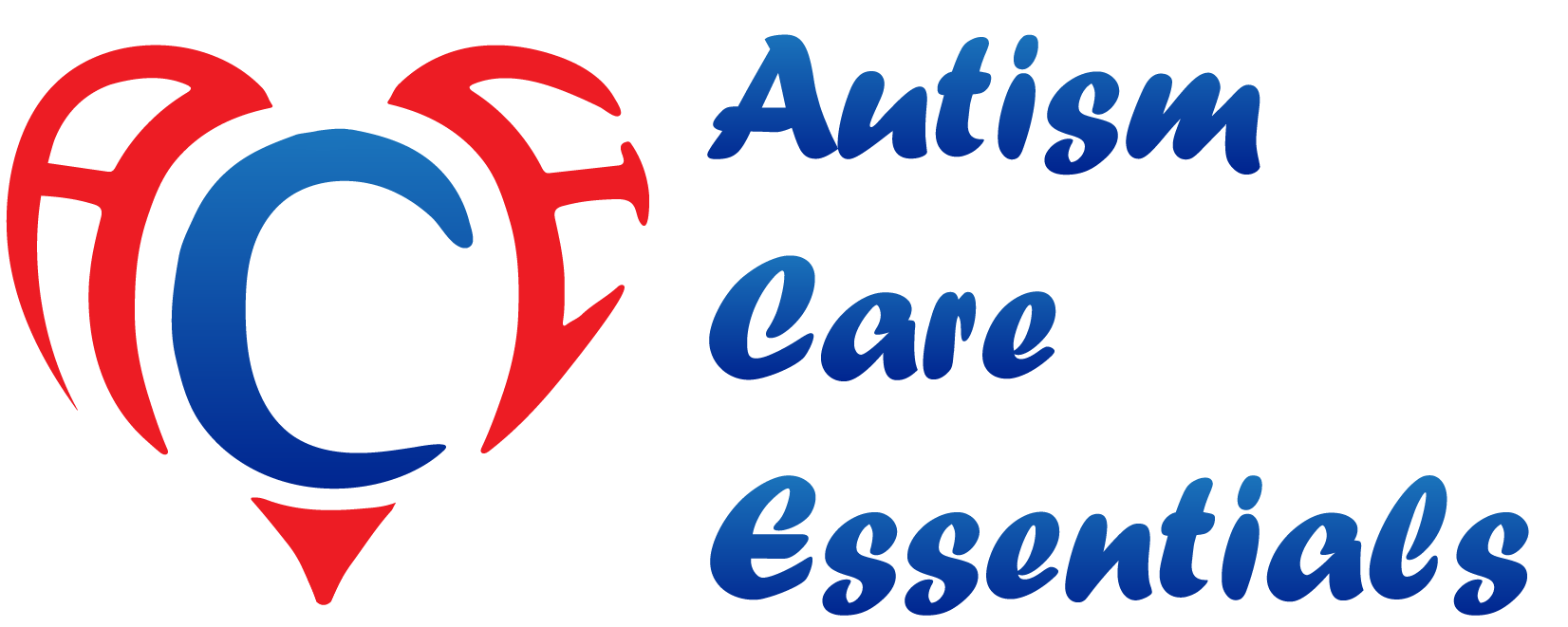As a mom with autistic twin sons, I know that one of the biggest challenges of caring people with autism is to find ways to calm them when they are out of control or upset.
There are different calming methods for an autistic person. Calming techniques and calming tools can help calm them down in timelier manner than calming nutrition. Calming nutrients including supplements can have a quieting effect on the nervous system, which help autistic people self-regulate in the long run. In this article, we look into how these methods can help people with autism and you might be to find out which one is your best choice.
Calming Techniques
People with autism are extremely sensitive and can experience overwhelmed emotions more quickly than neuro-typical peers. Some simple and easy techniques that work for most of us might not have the same impact on them. However, very often they don’t really know how to implement these techniques by themselves properly. Deep breathing, distraction and meditation are best calming techniques that the caregivers can help them with.
Deep Breathing
Deep breathing can increase the supply of oxygen to the brain that stimulates the nervous system. It leads the brain to release endorphins, which are chemicals that promote a state of calmness.
People with autism need to learn deep breathing through instructions and practices. “Smell the flower for X seconds, blow the candle for X seconds” is the easiest way to teach them the deep breathing, starting X with one and increasing to ten as the skill builds up.

Deep breathing can be a quick fix to calmness from a lightly overwhelmed emotion once they master the techniques. “Let’s take a deep breath” can be a good prompt for them to use the techniques at that point.
Distraction Techniques
A distraction technique is an approach to use different activity to redirect the mind off current emotions. For people with autism, distraction techniques work best among the different techniques. These are list of the distraction techniques that work well for them even when they are pretty upset.
- Look Around. This is a good way to calm them by having the individual to look around the place. Have them to point out items with certain colors or certain shapes if they are able to do so.
- Count Down Numbers. Another easy way to calm them by asking them “Can you count down from 10?” The number can be changed from 10 to 50 or even 100, depending on the ability of the individual and degrees of disturbance.
- Move Around. Prompt them “Let’s go for a walk” when possible. Most autistic individuals enjoy walk outdoor. If allowed, this is the easiest technique to calm their emotion.
- Reward Approach. This is by far the most successful approach for my twin boys. Allow them to earn favorite items or even snacks when in an extreme situation if they follow your direction immediately. It worked like magic when my boys heard ”Can you count down from 5 so I will give you 5 Skittles?”. I am glad that they don’t really need this approach anymore, but it had been my life-saver throughout the years.
Meditation
Meditation can develop awareness of the present moment and acceptance of difficult emotions. The technique can help sharpen focus and attention or even alter consciousness, which can be very helpful for people with autism. Beginner level or modified version of Yoga can be a good start for them. Tai Chi is another great meditation if they can be up to the challenge. If they can meditate regularly, they can feel calmer and more relaxed after practice a bit.
Calming Tools for Autism
Calming tools not only can distract people with autism from the situation, but also feed their sensory need at that moment. Some calming tools can help them better with calming techniques. The trick here is to know what sensory issue they have in order to have the right calming tools to help their sensory need.
Deep Breathing Tools
Deep breathing can be a great calming factor. As more and more people realize that the deep breath can help relieve stress, the breathing calming tools become more helpful to remind or build the deep breathing capacity. People with autism can benefit from those tools too. From Flō to Calmigo, autistic individuals can build the habits of deep breathing after they learn how to use them.
Flō is a stress relief breathing necklace that can remind people to take a deep breath when needed.
Calmigo is a personalized breathing regulation tool that can help people learn the deep breath to calmness.
Calming Tools for Sensory Avoidance
What to do when an autistic individual puts hand on ears or closes eyes? Yes, these are signs of sensory avoidance. Tools to help sensory avoidance are to reduce the noise or to provide visual calmness. Earmuffs, Sand Panel or Jellyfish Aquarium Tower are good choice among them.
Earmuffs are headphones that can reduce the noise that an autistic individual are sensitive to. They help them have quiet time and stay focus when needed.
Sand Panel can bring a great visual soothing relaxation from the cool moving acrylic sand. It is a great tool to calm an autistic person especially if they like the beach.
The similar calming effect can be produced by Jellyfish Aquarium Tower. Besides the moving jellyfish, the five different LED colors can be very soothing too.
Calming Tools for Sensory Seeking Behavior
If an autistic person especially an autistic child likes to get into a small and tight space, they demonstrate the sensory seeking behavior.
Tools to help with sensory seeking behavior are the items that can provide “hugged” feeling. Inflatable canoe,Stream Roller, weighted items like weighted blankets, weighted vests, weighted shoulder wrap, weighted lap toys can feed the sensory need.
These tools are great for calming the nervous system and promoting relaxation for autistic individuals who crave deep pressure. They are gentle, safe, and effective tools for sensory seeking behavior.
Tools for Stimming Behaviors
Very often an autistic person might engage in self-stimulatory to respond to overwhelmed emotions. Both positive and negative emotions can bring those stimming behaviors. They include behaviors like staring, intense rocking, spinning, hand flapping or self-talking.
Tools that help with other sensory behaviors can also help reduce stimming behaviors.
Besides the tools like Rocking Volcano, breathing tools and sensory avoidance tools we have mentioned can help them distract from the stimming situation.
Calming Nutrition for Autism
Over the years, I had every tool in house to help my boys deal with their stimming behaviors. I personally feel that the balanced nutrition was a game changer for them. They have reduced a lot stimming behaviors in last few years since they started eat well-balance nutritious food.
Proper nutrients from diet can support brain function and help body relax. They can optimize body’s ability to recharge and support healthy rest. These nutrients include but not limit to protein, omega-3 fatty acids, B vitamins, vitamin D, magnesium and zinc.
- Protein contains amino acids to help produce neurotransmitters that can calm the body.
- Omega-3 fatty acids can help produce hormone melatonin to calm the brain and nervous system.
- B vitamins play a great role in managing stress level that causes overwhelmed feelings.
- Vitamin D plays an important role in nerve and brain health that regulates mood and emotions.
- Magnesium is considered as “calming mineral” in scientific community. It plays a critical role to help body relax and rest.
- Zinc is one of the essential nutrients that support mental health.
All these nutrients can help people with autism self-regulate brain and nervous system if they have sufficient and well-balanced diets. If not, the health provider might recommend some supplements that focus these nutrients.
Besides the supplements that contain the typical nutrients from regular foods, some herbal supplements can have great effects for calming autistic people.
Herbal Supplements
I wish I knew the herbal supplements can make impact on my son’s condition earlier.
I was at my wits’ end when one autistic son was having severe acne and sleeping problem. Not a big fan of antibiotic medication from beginning, I couldn’t tolerate seeing him taking them more than 6 months without obvious improvement.
It was the Chinese herbal supplements that eventually did the trick.
Not only his acne cleans up, he also sleeps much better.
As its belief that inflammation is body’s disharmony, Chinese medicine stresses the health in balance. Most of the conditions are treated with herbs that have anti-inflammatory properties. There are a lot of different herbs that can help alleviate inflammation that are made into supplements.
Lists of the herbs can go from well-known turmeric, lavender, and chamomile to less-known rhodiola rosea, angelica, ashwagandha and valerian root.
While medical research is still going on how these herbs can treat insomnia and anxiety in order to calm a body, it is believed that moderate use of these herbs from 2-8 weeks are safe and well-tolerated.
It is always safer to talk to the health provider before taking any supplements.
As we can see, this is not about one method to calm a person with autism. There are pros and cons in each method. Calming techniques is handy while it might take some time to master to be effective. Calming tools provide more instant results, but they don’t stick. The results from calming supplements can be very vary from person to person. Ultimately, we hope people with autism can consume enough nutrition to combat their fidgety if they do have one. Calming nutrition is my best choice.
We welcome your stories on how your loved ones become a calmer person with your calming methods.
